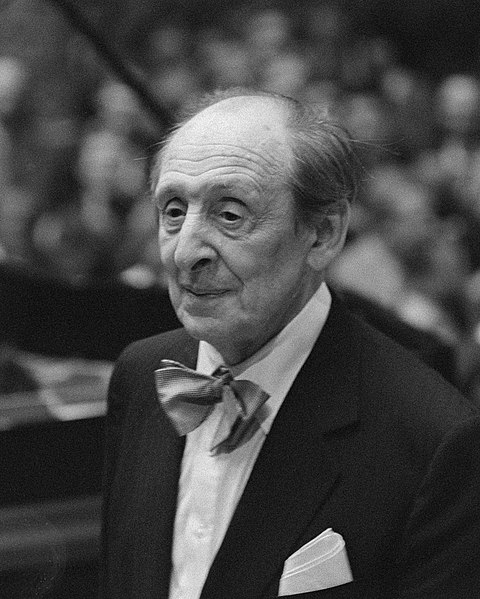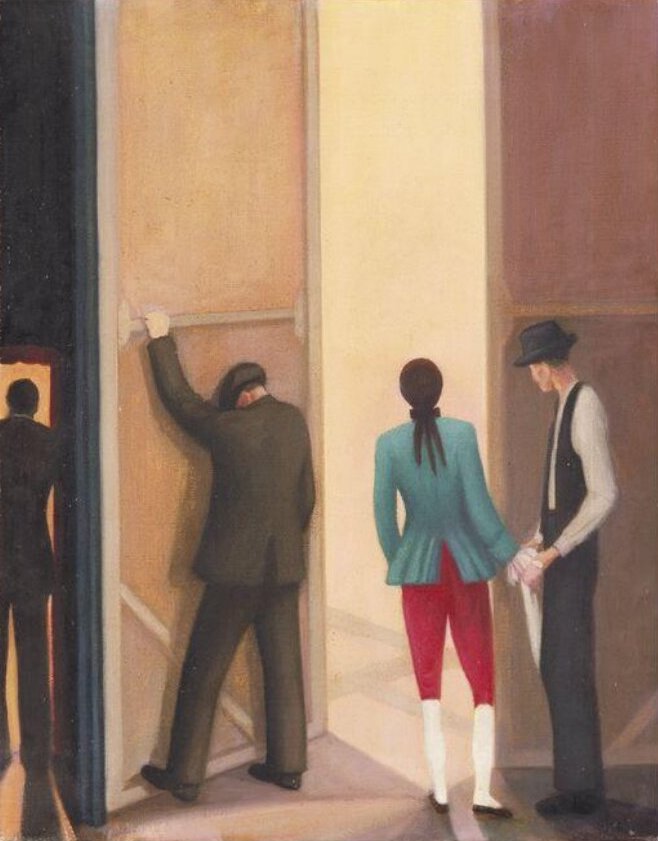The Joy of Learning to Play Music, Part III

A four-part series of reflections on the pleasures and paradoxes of learning to sing or play an instrument. For parents, musicians, and would-be musicians of all ages.
All the World’s a Stage
Performing might be considered the ultimate goal of music study. To occupy the stage confidently and perform to one’s full potential is the dream of many musicians. While some may prefer to keep their music-making private, Western music typically emphasises some context of sharing. And yet… what consternation this business of performing causes! Even for some professionals with years of successful concerts under their belt, the prospect of stepping onto the stage can be singularly fraught.
A dear friend and I were once backstage at a venue of particular importance to us, pacing back and forth, waiting, waiting… listening to the musicians already onstage just before his entrance. Pace, pace, breath in, breath out. Finally, breaking the tension of the moment, he deadpanned “I think I’m going to be sick”, summing up my exact feeling as well. Thirty seconds later, he strode onstage and played like a god.
The legendary pianist Vladimir Horowitz suffered from stage fright his entire career. Getting used to performing by doing it regularly can be helpful… but there’s no guarantee. Horowitz must have performed several thousand concerts in his sixty-year career, but his anxiety never abated.

In other fields as well, the difference between working unobserved and performing in front of others can be enormous and problematic. A friend who is an aeronautical engineer recounted to me the hair-raising story of an experienced pilot remote-flying (radio control) a one-off test aircraft, worth a pretty penny. Unlike usual test-flights, this first public showing was attended by TV reporters, a major aeronautics firm, and a government agency. The entire future of a lucrative project depended on a successful flight, and like in musical performance, once a flight begins, “the show must go on”.
As it happened, the pilot had a moment of “freezing up”. Disaster was avoided only because the engineer jumped in to coach him, against the plan. The extent to which the presence of an audience affected the pilot’s skill was a shock to the engineer (and likely the pilot), but is something that every musician discovers!
Why is public performance sometimes so difficult? Let’s examine the reasons and explore some possible solutions since music performance is a specific example of the many “performances” demanded of us in life—meeting your in-laws, interviewing for a job, telling a joke. Music training can help us cope with other on-the-spot situations.
Performing in front of an audience, whether the venue is grandiose or intimate, can call forth deeply-rooted issues in the performer’s psyche. These might include fear of being judged by others, self-judgment, low self-worth, or perfectionistic tendencies. Working through these issues and finding solutions will likely involve contemplating our own limitations, and searching for compassion, generosity, courage, and a liberating, Buddha-like “detachment” from the results.
In the face of intense scrutiny and the feeling that “everything rides on this performance”, even the supremely confident can falter. Feeling judged by others (and by ourselves) is a constant distraction that only makes the task at hand more difficult: our desire to please our audience can cripple the very capabilities that we have developed for that purpose!
The bottom line is that we cannot control what others think, period. No amount of practice can guarantee that others will judge our efforts favourably, so the task is to let go. It’s another paradox: in order to please others, we have to let go of the desire to please. Mastering this can be a life’s work.
Perfectionism is another double-edged sword: aiming for perfection can be the driving force behind years of hard work, yet perfection… does not exist. If perchance you reach what was once your idea of perfection, you will discover that new horizons have spread out in front of you. Furthermore, the idea of perfection in interpretation is effectively absurd: two gifted pianists can perform the same piece “perfectly” and yet very, very differently. This is a hidden gift of music.
And ultimately, playing all the notes “perfectly” is no guarantee whatsoever of a meaningful performance, and the ambition to play perfectly may well quash the “spark” in your performance. The notion of perfection in music is simply full of traps!
So how can we deal with performing publicly in light of these paradoxical desires and ambitions? There are a million methods, possibly one for every “poor player that struts and frets his hour upon the stage…”. Experimenting with them is a fundamental part of music study.
These methods might include pragmatic strategies such as recording oneself and listening back, scheduling warm-up performances, playing for a teacher, mentor, or class, and, well, even plain old practicing—sometimes the obvious is overlooked!

(Classic joke: Man on 57th St. in New York to passing musician: “How do you get to Carnegie Hall?” Musician: “Practice, practice, practice…”)
Psychological tactics might range from establishing pre-performance rituals (wearing special clothes, striking a power pose, doing breathing exercises, telling jokes backstage), to practicing visualisations or undergoing psychotherapy. Methods to self-support through meditation, increasing self-acceptance, and focusing on the bigger picture of why one performs can be helpful. Learning to perform comfortably can be seen as a path to self-knowledge.
The idea of ritual is worth examining more closely. While we may consider rituals as something from our tribal past, rituals undoubtedly still exist. Half our daily activities could easily be seen as ritualistic: roll out of bed—make coffee! Arrive at a party—greet the hosts, grab a drink, smile, make small talk. If we consider the ritualised nature of funeral services in every society, for example, it is clear that following a pre-ordained structure reduces stress. If each service had to be planned from scratch, the mental and emotional toll would be far higher.
In music performance as well, ritualised actions can alleviate stress by reducing decision-making, contributing directly to our preparation, or helping pass the often strange time between arriving at a concert hall and walking onstage. Putting our rituals to work for us is a benefit for performers… and for people in general.
A pragmatic tactic that is rarely considered, at least by the “driven”, is simply lowering one’s expectations. If we only accept our performance when it is at 95% of our potential and acknowledged by all present… well, we are sure to be disappointed. If instead, we decide to be content with 70% and one person who was moved, we are far more likely to not only have “success” but to enjoy performing. And without joy… what is the point?
While training these tactics may be of special use to the musician, they have plenty of value in our everyday existence as well. Performing as a musician is a stand-in for “performing” in life. Some people may not perform often, but few people never perform at all.
In order to mitigate the stress of passing abruptly from our private, backstage world, to the bright lights on stage, it may be helpful to create a continuity between backstage and onstage. This could involve first imagining an audience, then playing for a few friends, and finally performing publicly. The importance of the moment of transition is beautifully illustrated in this painting, by the British artist Gluck (Hannah Gluckstein), of the ballet dancer Léonide Massine, about to enter the stage:

Fortunately, there is no one correct way of being on stage or performing; we always reveal something of our unique individuality. Just as we expect each of our friends to be only themselves and no one else, if we observe two great musicians performing, their choices are utterly personal, and possibly wildly different. As an example, two masters of the cello, János Starker and Anner Bylsma, performing Bach’s 3rd Cello suite (BWV 1009):
There is a place for everyone onstage.
“All the world’s a stage,
And all the men and women merely players”
– Shakespeare, “As You Like It”





